The ocean is a blue beauty that is endless and home to countless species. Despite everything known and unknown, the ocean is truly a beauty worth loving and seeing. So how well do we know or want to know the ocean? Do we know how many interesting things the ocean has or is home to?
The ocean is a frightening place for some, an extraordinary place for others. But human nature is always from the unknown. ocean to fear is no exception in this regard. Although more detailed information is obtained through research, it is a fact that most of it is a mystery.
Even today, there is so much unknown about the ocean that it may not really be possible to study them all. At least in our time. In fact, according to the report of the US National Oceanic and Atmospheric Administration, we have not yet discovered 95 percent of the ocean floor. such that We even know the surface of Mars better than the ocean. But with each passing day, new things continue to be discovered or interesting information about the ocean is learned.
Although many of these discoveries are quite impressive, not every discovery found may have the same effect. Sometimes the effort can even go in vain. However, considering the details that are known only with such a small percentage, people are both afraid and affected. The depths of the ocean are still as hidden as Pandora’s box, and many people are struggling to uncover these mysteries. We decided to compile some interesting known information about the world’s largest ocean, the ‘Pacific Ocean’, in our list.
Interesting facts about the Pacific Ocean (Pacific Ocean):
- The Pacific Ocean is getting smaller every year.
- The deepest point of the Pacific Ocean is the Mariana Trench.
- The Pacific Ocean contains 75% of the world’s volcanoes.
- It was home to a strange group of herbivores.
- It is home to the great barrier reef.
- It is home to at least 6 endangered species.
- Humans were using the Pacific Ocean in 3000 BC.
- The Pacific Ocean was named by Ferdinand Magellan.
The Pacific Ocean is getting smaller every year
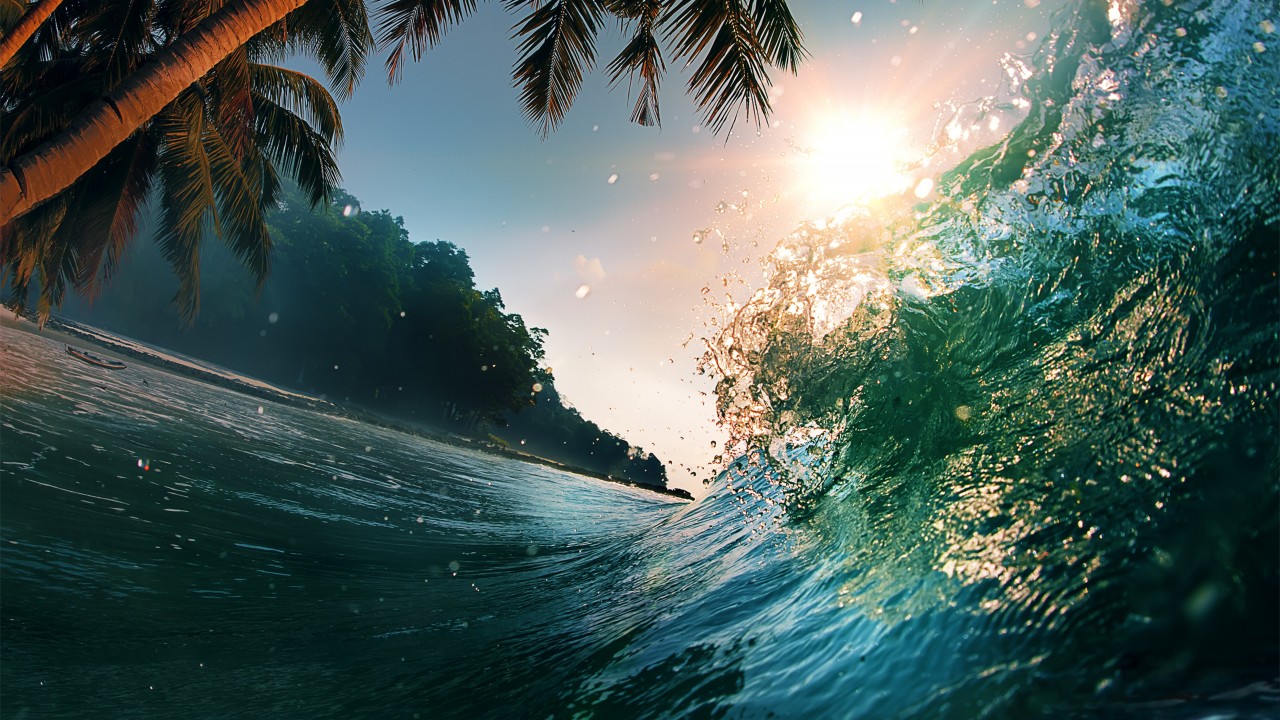
Strange as it may sound, the ocean is shrinking by around an inch each year. This is due to the effects of submerged plate tectonics. Plate tectonics is actually a scientific theory. Plate Tectonic theory: A theory arguing that the Earth’s outer layer, the lithosphere, is a piece of what is called tectonic plates, which is in constant motion and is made up of discrete pieces. pacific ocean the mid-ridge, the East Pacific Rise, is a fast-spreading center; that means it spreads about 3 to 6 inches per year compared to the Mid-Atlantic Ridge, which widens by 0.8 to 2 inches per year. The destruction of old crust due to the existence of subduction zones slows the growth of the Pacific Ocean, preventing the formation of new sea layer.
The deepest point of the Pacific Ocean is the Mariana Trench
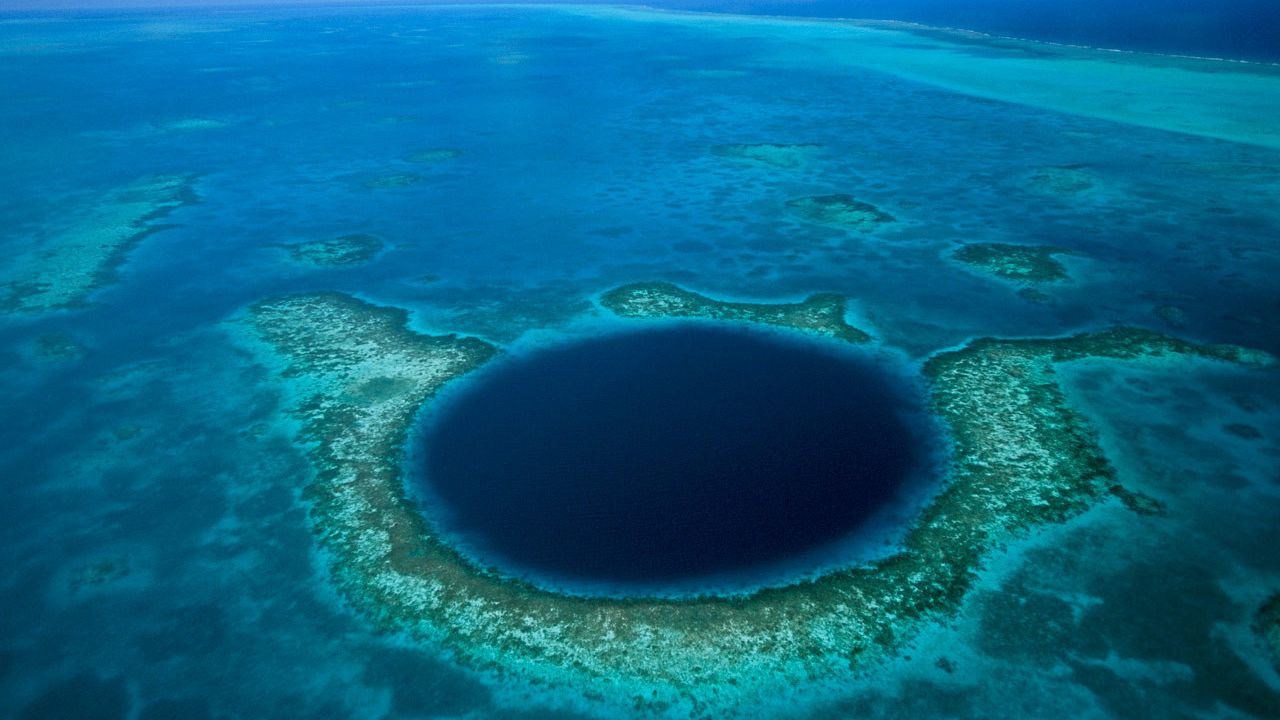
Mariana Trenchis located in the western Pacific east of the Philippines and about 124 miles east of the Mariana Islands. It is crescent-shaped, more than 2,550 kilometers long and 69 kilometers wide. The Challenger Deep is the deepest single point in the ocean. It is located 200 miles (322 kilometers) southwest of Guam and is approximately 7 miles wide. To make it easier to understand its size, we can give an example: Mount Everest could fit into the Challenger Deep, leaving a gap of more than a mile.
Contains 75% of the world’s volcanoes
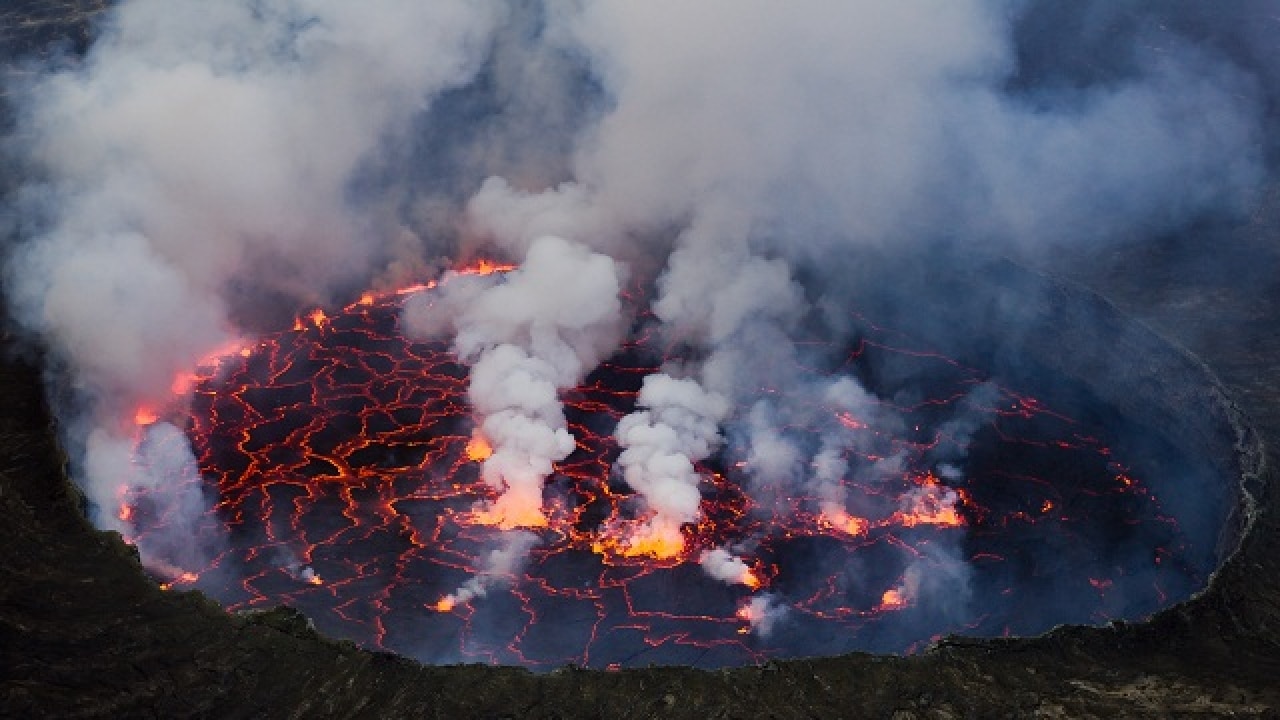
Pacific Ocean volcanoes around the ocean basin Ring of Fire It forms a ring known as The Ring of Fire is a path across the Pacific Ocean characterized by active volcanoes and frequent earthquakes. Approximately 40,000 kilometers in length, this road traverses several regions, including the Pacific, Juan de Fuca, Cocs, Indo-Australian, Nazca, North American, and Philippine plates. Seventy-five percent of the world’s volcanoes (more than 450) are located along the Ring of Fire. Ninety percent of Earth’s earthquakes occur along the way, including the planet’s most violent and dramatic seismic events. The abundance of volcanoes and earthquakes along the Ring of Fire is due to the amount of movement of tectonic plates in the area.
Home to a strange species of herbivore that went extinct long ago
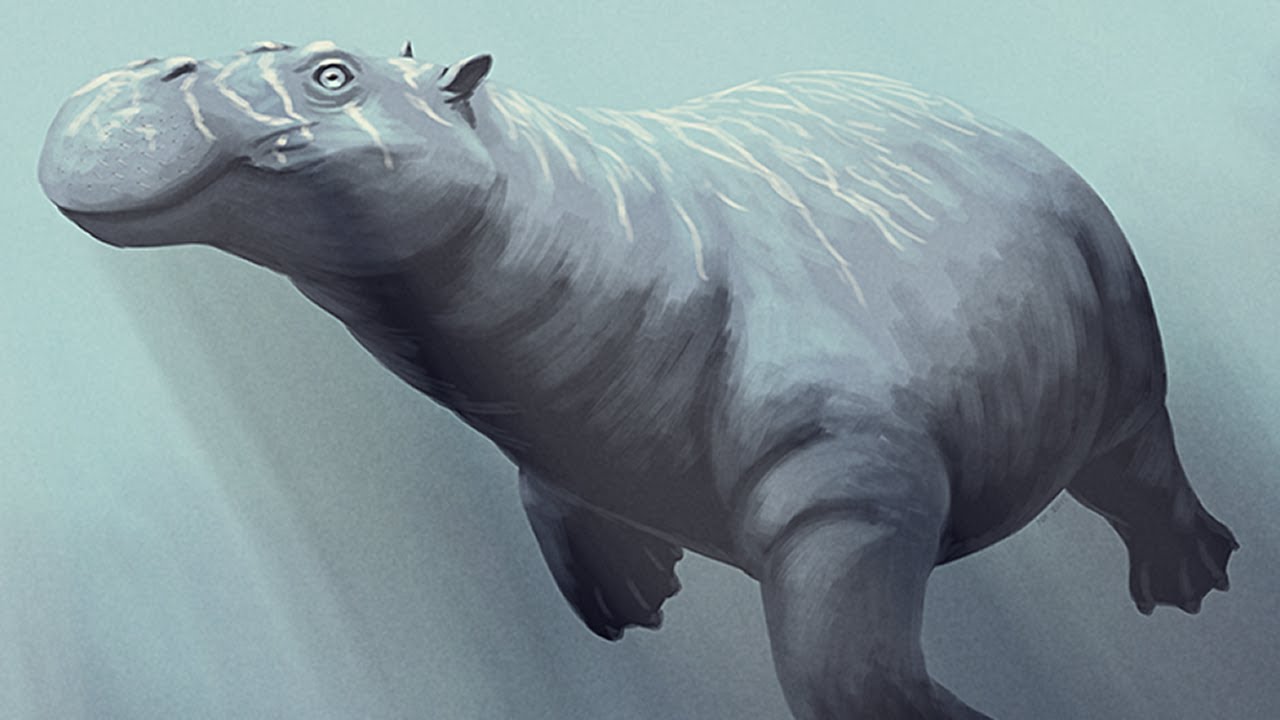
The Pacific ocean has hosted all kinds of creatures for thousands of years. One of the strangest of these is the extinct animal today. desmostylians. It is still open to debate where this different species fits or adapts to the tree of life. Although they resemble a little hippopotamus, experts think they are closer to elephants or horses. For millions of years, semi-aquatic herbivores lived in the North Pacific, eating algae and seaweed, and after they went extinct, their remains have yet to be found elsewhere. Desmostylians, with 13 to 14 different known species, constituted a distinct mammalian order. After appearing for the first time 33 million years ago, these animals have survived approximately 33 million years ago. They died 10 million years ago.
Home to the world’s largest reef, the Great Barrier Reef
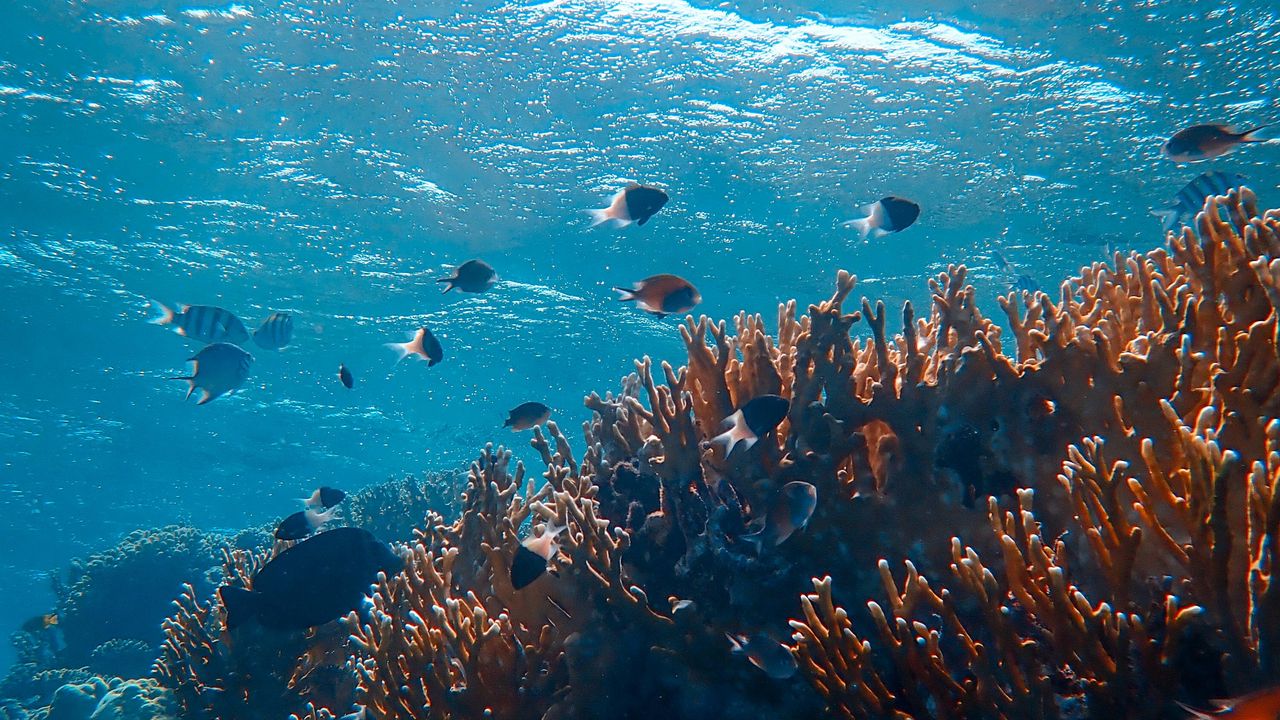
The Great Barrier Reef, the world’s largest reef, stretches for 1,429 miles (2,300) kilometers, World Heritage Site It is labeled as one of the seven wonders of the natural world. It consists of 2,900 individual reefs and about 900 islands. This reef is located in the Coral Sea off the Queensland coast of Australia. It is often cited as one of the most beautiful places in the world. But it is also one of the most fragile. Unfortunately, one of the main reasons why it is fragile is people. The reef is constantly growing due to man-made disasters. under threat. Much of the coral cover that remained between 1995 and 2017 was unfortunately lost. Various conservation efforts have been underway for some time to save what is left of the reef and allow it to regenerate itself.
Today, it is home to at least 6 different species that are endangered.
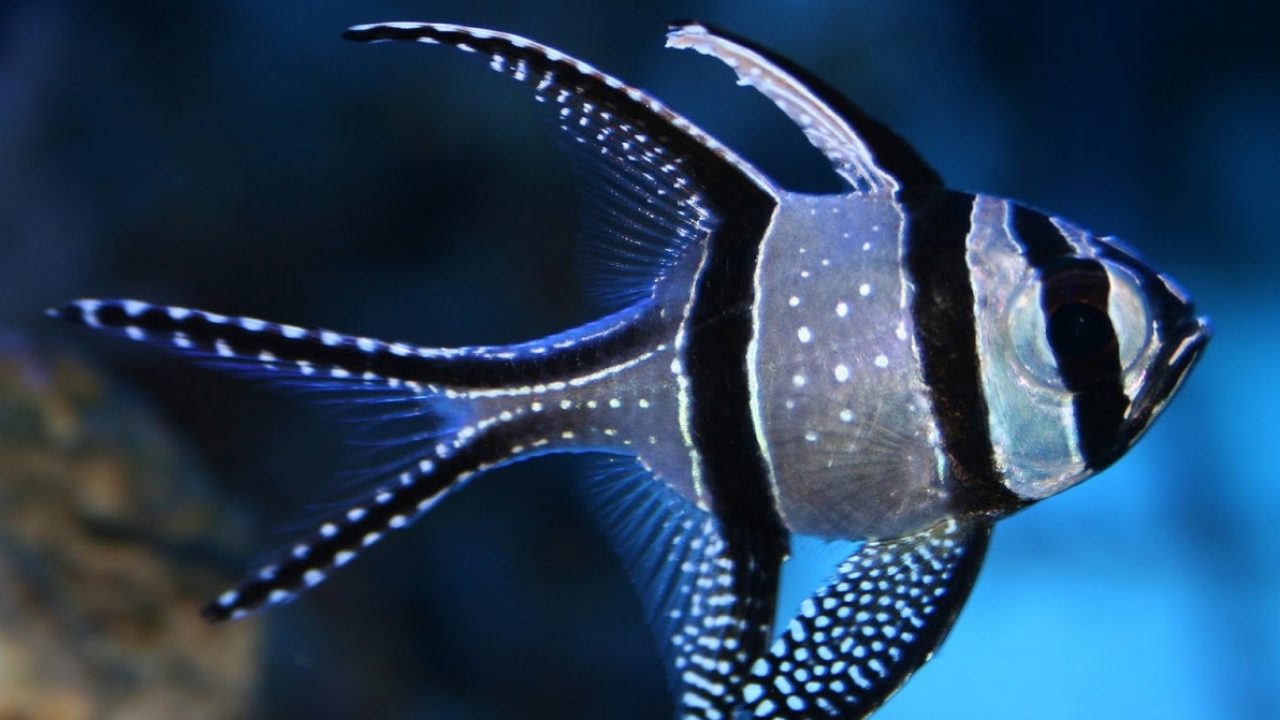
Species such as whales, sea turtles, sea otters, and sea lions call the Pacific Ocean their home. In general, these animals are not very common in all parts of the ocean, and the animals themselves attribute much of their survival to the balance of the ocean ecosystem. This situation, which progresses in a balanced way under normal conditions, is affected negatively as a result of people playing with the ecosystem. increased in the South Pacific and South China seas oil pollution It also negatively affects marine populations.
Although the discovery date is known, Humans were also using the Pacific Ocean in 3000 BC.
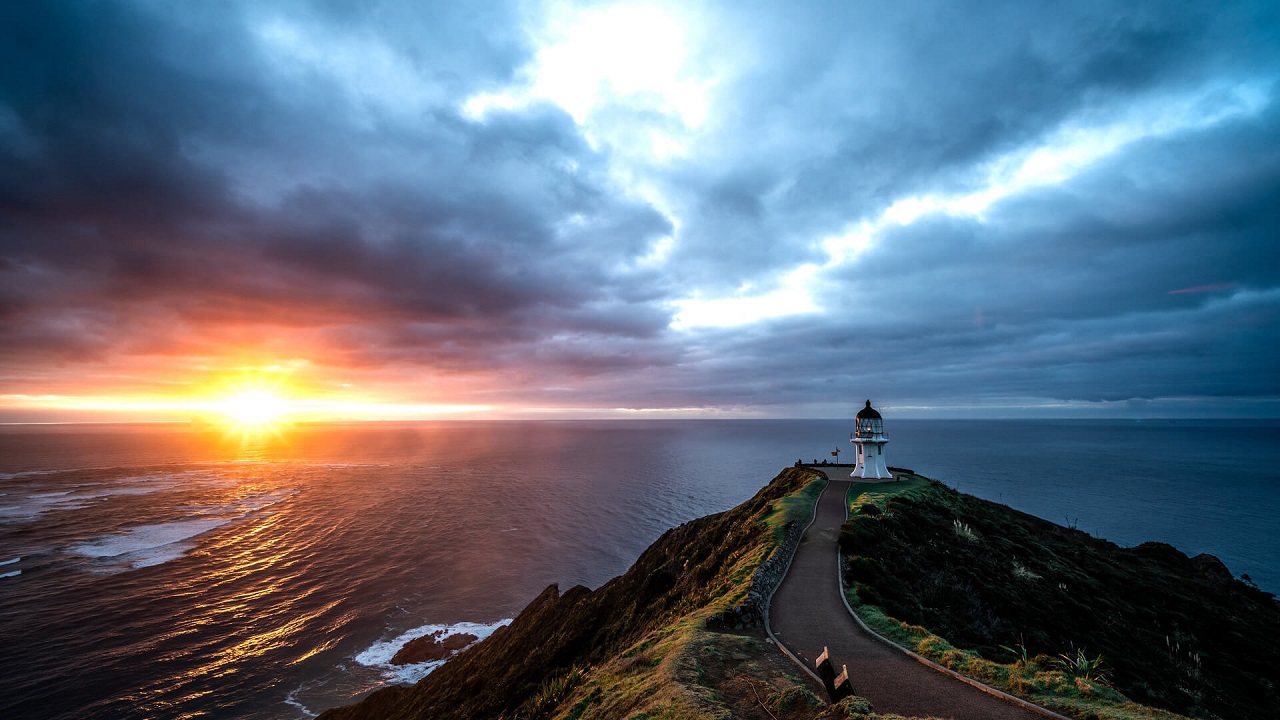
The ocean may have been officially ‘discovered’ in 1521, but travelers have been using it for much longer. People before the Iron Age, or the rise of Ancient Greece, about 3400 years ago they left their land to go to the azure seas. Archaeological evidence suggests that people Tongan and Samoa shows that he crossed more than 2,000 miles of open ocean to colonize islands such as Alongside colonization, the ocean was of considerable value for canoeing, trade, and immigration, especially around Taiwan, during this period.
The Pacific Ocean was named by Ferdinand Magellan
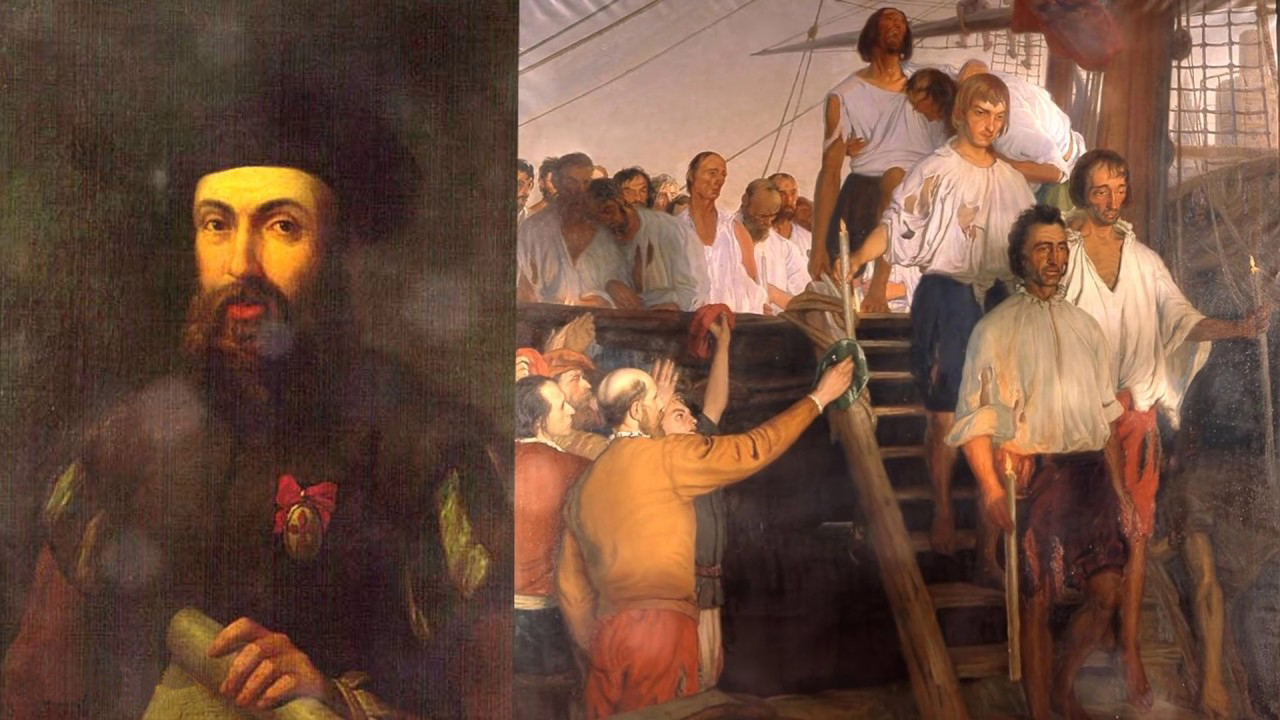
Ferdinand Magellan was the first European explorer to sail through the dangerous straits to South America. On September 20, 1519, he sailed from Spain with five ships and 270 men. He failed several times until he found the strait at the tip of the continent along the coast where Tierra del Fuego splits from the mainland. there now Strait of Magellan discovered what is known as Magellan took his place on this voyage to circumnavigate the globe, also called the Pacific Ocean. When they entered the new ocean waters, he found the environment unusually calm and named the ocean “Pacific”, from the Latin pacificus, meaning “calm”.
